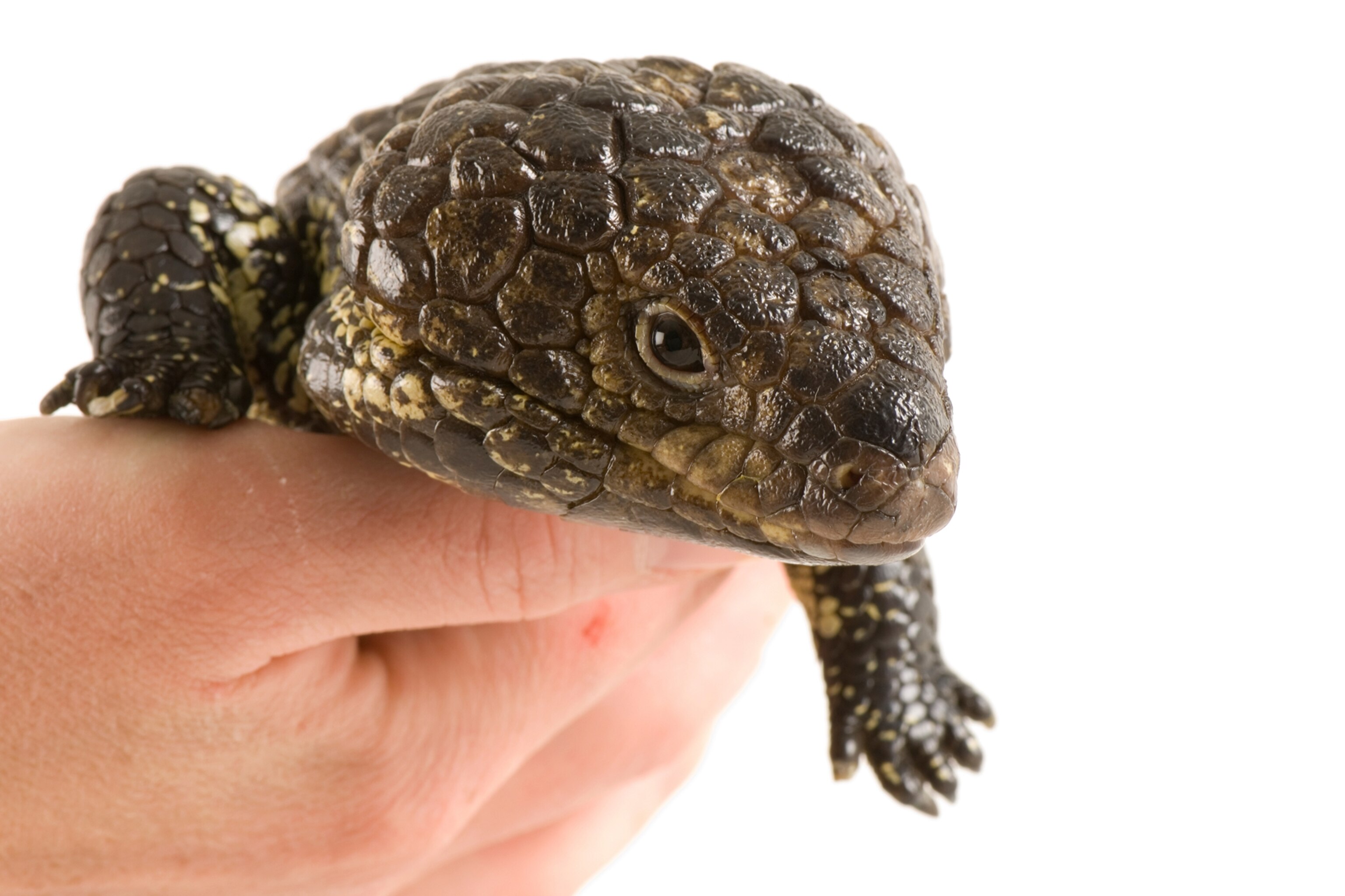









10 amorous animals that mate for life
Every day is Valentine's Day for these monogamous species. See photos of wild sweethearts from National Geographic's Photo Ark.
What makes an animal want to stick with another for life?
Monogamy may not be commonplace among all of Earth's creatures, but for a select few, it's the secret to survival.
Take the prairie vole (Microtus ochrogaster), for instance. Unlike most rodents, prairie voles pair up, build a nest, groom each other, and raise their young. (Why male prairie voles are changed forever when they settle down.)
Their monogamous behavior is partly rooted in the sparse grasslands of the United States and Canada. The animals must fight for limited resources and breed as much as they can during a life span that lasts only a year or two—and they can accomplish more as a team.
But there's more to this love story. Experts say certain brain chemicals play a role in forming bonds among prairie voles—more so than in other rodents. (Explore the genetics of prairie vole commitment.)
Still, love is complicated, even for these furry models of matrimony.
Prairie voles are considered "socially monogamous" but not "genetically monogamous," according to William Kenkel, a postdoctoral researcher at the Kinsey Institute in Indiana.
Occasionally, either the male or female may stray and mate with a stranger. For now, researchers are stumped as to why.
"They are not 100 percent faithful, which might even make them a better model for human behavior," Kenkel said.
Throughout the animal kingdom, scientists have found examples of critters that only have eyes for one mate, while others prefer the status of mostly monogamous.
Whatever the case for them, the animals in this gallery seem to believe in aspects of monogamous bliss.
You May Also Like
Go Further
Animals
- Octopuses have a lot of secrets. Can you guess 8 of them?
- Animals
- Feature
Octopuses have a lot of secrets. Can you guess 8 of them? - This biologist and her rescue dog help protect bears in the AndesThis biologist and her rescue dog help protect bears in the Andes
- An octopus invited this writer into her tank—and her secret worldAn octopus invited this writer into her tank—and her secret world
- Peace-loving bonobos are more aggressive than we thoughtPeace-loving bonobos are more aggressive than we thought
Environment
- Listen to 30 years of climate change transformed into haunting musicListen to 30 years of climate change transformed into haunting music
- This ancient society tried to stop El Niño—with child sacrificeThis ancient society tried to stop El Niño—with child sacrifice
- U.S. plans to clean its drinking water. What does that mean?U.S. plans to clean its drinking water. What does that mean?
- Food systems: supporting the triangle of food security, Video Story
- Paid Content
Food systems: supporting the triangle of food security - Will we ever solve the mystery of the Mima mounds?Will we ever solve the mystery of the Mima mounds?
History & Culture
- Strange clues in a Maya temple reveal a fiery political dramaStrange clues in a Maya temple reveal a fiery political drama
- How technology is revealing secrets in these ancient scrollsHow technology is revealing secrets in these ancient scrolls
- Pilgrimages aren’t just spiritual anymore. They’re a workout.Pilgrimages aren’t just spiritual anymore. They’re a workout.
- This ancient society tried to stop El Niño—with child sacrificeThis ancient society tried to stop El Niño—with child sacrifice
- This ancient cure was just revived in a lab. Does it work?This ancient cure was just revived in a lab. Does it work?
Science
- The unexpected health benefits of Ozempic and MounjaroThe unexpected health benefits of Ozempic and Mounjaro
- Do you have an inner monologue? Here’s what it reveals about you.Do you have an inner monologue? Here’s what it reveals about you.
- Jupiter’s volcanic moon Io has been erupting for billions of yearsJupiter’s volcanic moon Io has been erupting for billions of years
- This 80-foot-long sea monster was the killer whale of its timeThis 80-foot-long sea monster was the killer whale of its time
Travel
- How nanobreweries are shaking up Portland's beer sceneHow nanobreweries are shaking up Portland's beer scene
- How to plan an epic summer trip to a national parkHow to plan an epic summer trip to a national park
- This town is the Alps' first European Capital of CultureThis town is the Alps' first European Capital of Culture
- This royal city lies in the shadow of Kuala LumpurThis royal city lies in the shadow of Kuala Lumpur




